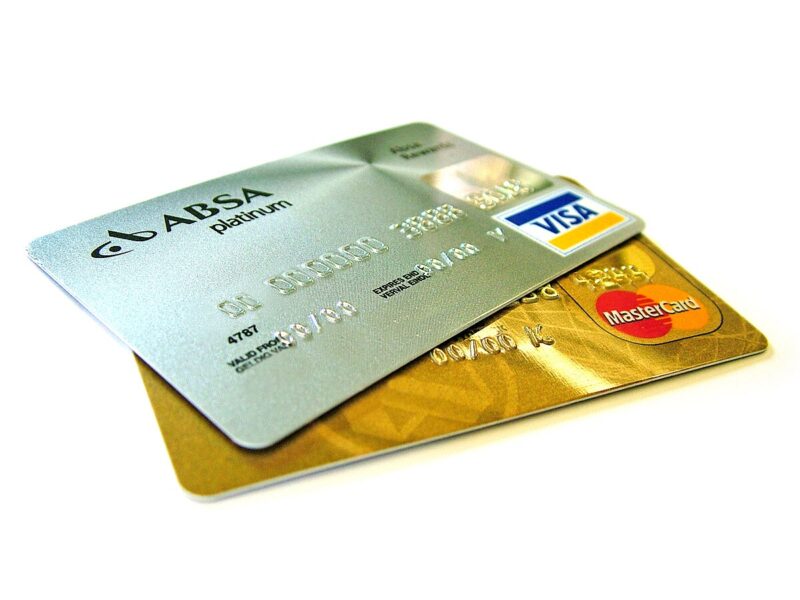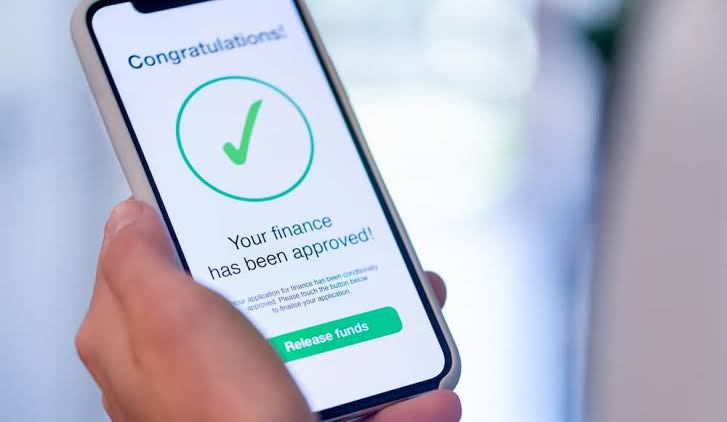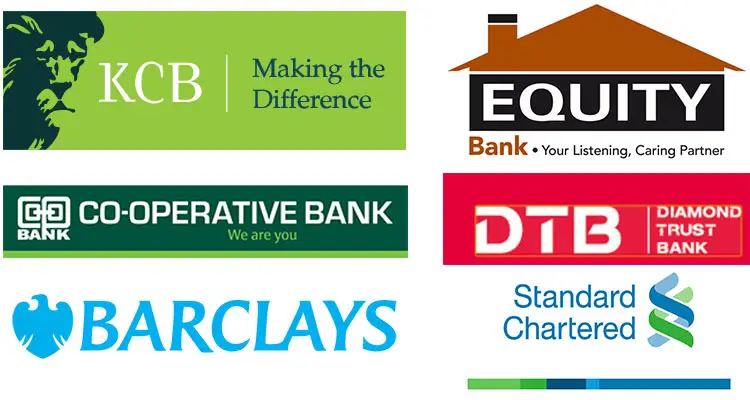Credit cards are powerful tools for building financial credibility, earning rewards, and managing cash flow. For beginners, however, choosing the wrong card can result in high fees, poor credit-building, and unnecessary debt.
In 2025, the market offers a wide range of beginner-friendly options worldwide, including secured cards, no-fee cards, low-limit starter cards, and digital-first banking products. This guide provides a comprehensive analysis of the best beginner credit cards, their fees, limits, rewards, and essential strategies to use them safely.
1. Why Beginners Need the Right Credit Card
Using a credit card responsibly establishes:
- Credit history – essential for loans, mortgages, and other financial products
- Credit score improvement – on-time payments boost scores
- Financial discipline – responsible usage teaches budgeting
- Rewards and cashback – extra benefits for everyday spending
- Fraud protection – safer than carrying cash
Choosing the right starter card ensures that the user gains these benefits without being penalized by high interest rates, fees, or poor limits.
2. Key Features to Consider for Beginner Credit Cards
A. Low or No Annual Fees
Many premium cards charge $100–$500 annually. Beginners should avoid these to minimize risk.
B. Low Credit Limits
Starter cards typically provide $200–$1,000 limits, encouraging responsible usage.
C. Secured vs. Unsecured
- Secured: Requires deposit; excellent for no-credit-history individuals
- Unsecured: No deposit; may require a basic score or proof of income
D. Rewards & Cashback
Even beginners can benefit from 1–2% cashback or travel rewards, especially on groceries or transport.
E. Mobile App & Alerts
Digital monitoring helps beginners avoid late payments and maintain low balances.
F. Global Acceptance
For travelers or students abroad, cards accepted worldwide (Visa, MasterCard) are crucial.
3. Top 10 Credit Cards for Beginners in 2025 (Worldwide)
Below is a curated global selection of starter cards, including secured and unsecured options.
1. Chase Freedom Flex (USA)
Type: Unsecured
Credit Limit: $500–$1,500
Annual Fee: $0
Rewards: 5% cashback rotating categories, 1% general
Pros: Excellent for building credit, flexible rewards
Cons: Only U.S. residents
2. Discover it Secured (USA)
Type: Secured
Deposit: $200–$2,500
Annual Fee: $0
Rewards: 2% cashback at gas stations and restaurants, 1% on all else
Pros: Automatic transition to unsecured after responsible use
Cons: Limited international acceptance
3. Capital One Platinum (USA)
Type: Unsecured
Credit Limit: $300–$1,000
Annual Fee: $0
Pros: Designed for building credit with no prior history
Cons: Minimal rewards
4. N26 Standard (Europe)
Type: Unsecured
Credit Limit: €250–€1,000
Annual Fee: €0
Pros: Mobile-first, real-time notifications, beginner-friendly
Cons: Limited offline banking
5. Monzo Card (UK & EU)
Type: Unsecured / Prepaid hybrid
Credit Limit: £200–£1,000
Annual Fee: £0
Pros: Excellent budgeting tools, beginner-friendly
Cons: ATM withdrawal limits
6. Wise Multi-Currency Debit (Global)
Type: Debit / Prepaid
Credit Limit: N/A
Annual Fee: $0
Pros: Multi-currency spending, avoids FX fees
Cons: Not a traditional credit builder
7. HSBC MyFirst Credit Card (UK / Asia)
Type: Secured / Unsecured
Credit Limit: £200–£1,000
Annual Fee: £0–£20
Pros: Ideal for students or first-time applicants
Cons: Requires proof of income
8. SBI Global Card (India)
Type: Secured/Unsecured
Credit Limit: ₹10,000–₹50,000
Annual Fee: ₹0
Pros: Beginners can build credit quickly
Cons: Only accepted in some countries abroad
9. TymeBank Starter Card (South Africa)
Type: Secured
Credit Limit: R1,000–R5,000
Annual Fee: R0
Pros: Low-risk entry into credit
Cons: Limited global acceptance
10. Bunq Easy Credit (EU)
Type: Unsecured
Credit Limit: €200–€1,000
Annual Fee: €0
Pros: Instant approval, mobile-first
Cons: Premium features require subscription
4. How to Apply for Your First Credit Card Safely
- Check your eligibility: Verify minimum age, residency, and ID requirements.
- Start with a low-limit card: Manage spending carefully.
- Pay full balance each month: Avoid interest accumulation.
- Set reminders or autopay: Prevent late fees and negative marks on credit reports.
- Monitor credit reports: Ensure your account is reported correctly.
- Upgrade after 6–12 months: Transition from secured to unsecured for better rewards and higher limits.
5. Common Beginner Mistakes to Avoid
- Maxing out your credit card
- Making only minimum payments
- Ignoring annual fees or hidden charges
- Applying for multiple cards at once
- Using your card for speculative or high-risk purchases
Responsible behavior during the first year is critical for building a strong credit foundation.
6. Tips to Maximize Rewards for Beginners
- Use your card for recurring bills (utilities, subscriptions)
- Focus on cashback or points categories you naturally spend on
- Track rewards and redeem them regularly
- Pair credit cards with budgeting apps for oversight
Even beginners can generate hundreds of dollars per year by using rewards efficiently.
7. Final Recommendation: Best Beginner Credit Card Stack in 2025
For global beginners, the optimal approach:
- U.S. Residents: Discover it Secured + Chase Freedom Flex
- Europe / UK: Monzo + N26
- Asia: HSBC MyFirst + SBI Global
- Africa: TymeBank Starter + Bunq Easy Credit
- Global travelers / multi-currency: Wise Debit card alongside a local starter credit card
This combination ensures credit-building, reward earning, minimal fees, and worldwide usability.
Key Takeaways
- Start small, pay in full, and monitor usage
- Use beginner-friendly cards with no fees
- Track rewards for additional benefits
- Avoid multiple applications at once
- Upgrade after 6–12 months to stronger products
Building a strong credit foundation early will unlock premium cards, loans, travel perks, and better interest rates in the future.





